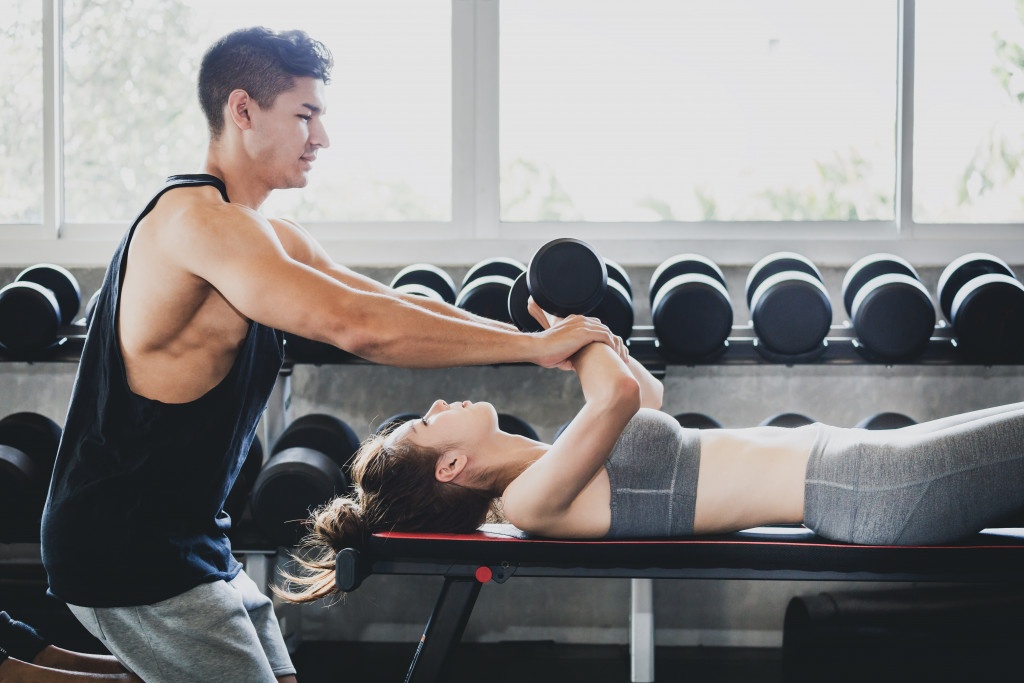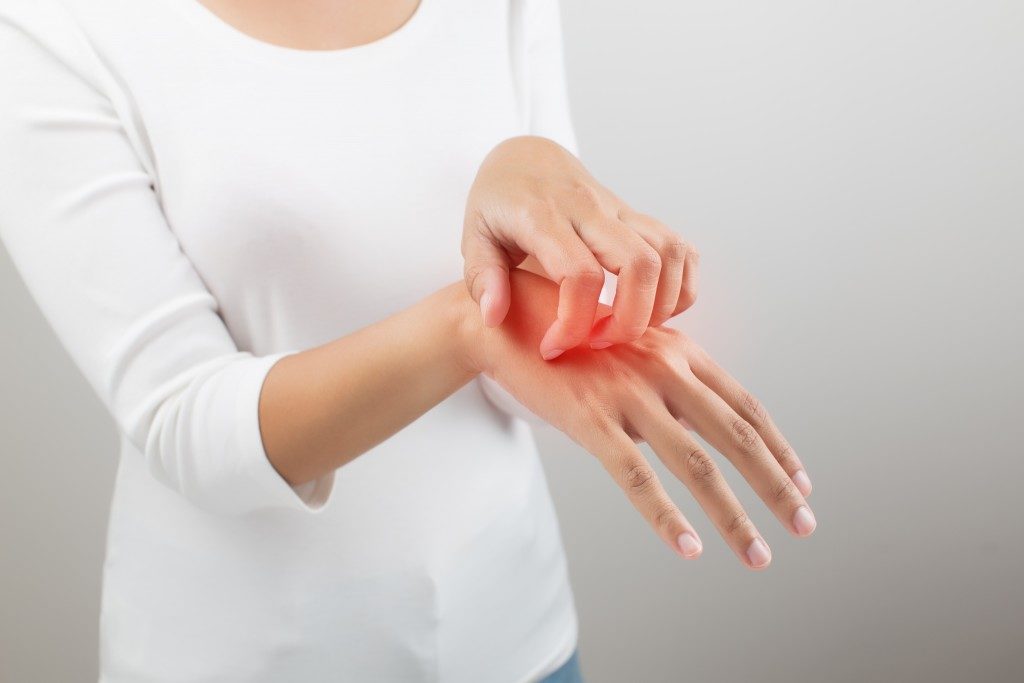People love watching sports events such as football games. Even during the pandemic, the filming of football games enable people to enjoy viewing from homes. Unfortunately, data show that even before the pandemic, many people remained as spectators but did not live active lives themselves.
The Guardian states that there was already a crisis because the level of inactivity of 40 percent of British adults put their long-term health at risk. A fourth or 25 percent did less than 30 minutes of physical activity each week. Long-term inactivity led to illness that caused one in every six deaths every year in the UK, or 100,000 people dying every year. Even among children, 80 percent did not have sufficient physical activity that young bodies need to build bone density and a healthy cardiovascular system.
According to research by Sport England, the situation worsened during the pandemic. From the middle of March to the middle of May 2020, the level of inactivity increased by 7.4% representing 3.4 million British adults. During the same period, the level of anxiety increased by 0.5 points and the level of happiness decreased by 0.2 points. Sport England highlights that the level of physical activity among adults is directly proportional to their mental wellbeing, hence it is encouraging people to move and engage in sports.
Integrating Physical Movement in Your Lifestyle
The Guardian puts part of the blame for people’s inactivity on how the physical environment is mostly designed for comfort. People take elevators and escalators instead of stairs. They ride vehicles even to near destinations instead of walking. Physical movement is not incorporated as a natural part of daily life.
There is also a misconception that exercises count only if you do the minimum requirement of 30 minutes of moderate aerobic activity in 30-minute sessions five days a week accompanied by two days a week of strength training. Current guidelines state, however, that even 10-minute sessions of physical activity are good for you. Harvard professor I-Min Lee emphasized that any additional physical exertion is beneficial.
When you are working from home, set your alarm to go off every 30 minutes to signal you to stand up, walk around, stretch, and do some calisthenics. This will also refresh your brain and boost your mental productivity.
While you are watching TV after your work hours, you can walk in place. You do not even need a treadmill to do this. When you are cooking and waiting for your meat to get tender, put on some dance music and move to the beat.
If the supermarket or a corner store is within walking distance from your home, walk to do your shopping. Bring a trolley bag if you plan on buying a lot of stuff. You can also use a bicycle; there are baskets, panniers, or trailers for cargo that you can attach to your bike. The extra load will further act as strength training. In any building with more than one floor, use the stairs instead of the elevator.
Additional Time for Exercise

You can also set aside extra time for physical activity. You can do various types of aerobic exercises and muscle strengthening exercises at home without buying any gym equipment. There are free tutorials available on many sites online, and they cater to different interests and levels of fitness.
The We Are Undefeatable campaign supporting people with long-term health conditions created a Five-in-Five customizable five-minute workout. You can choose five exercises from their library and do each for a minute, including a warm-up. The exercises are simple and achievable even for beginners, with options for those on wheelchairs.
You must also do outdoor exercises because the body needs fresh air and sunlight. Go for a brisk walk, a run, or a long bicycle ride alone or with members of the household for company and safety. From April 12, two households of up to six people can exercise together outdoors while maintaining physical distancing. You can play golf, tennis, or go swimming.
Going the Distance
Everyone starts somewhere and if you are a beginner you must not go beyond your limits to avoid injury. Pace yourself and add more difficult exercises or exercise longer in increments. You will be building your capacity safely, and there will be a lower chance of discontinuing physical activity.
It is important to keep improving because while any additional exertion is good for you, moderate to vigorous exercise is even better. A study by the US government shows that one session alone will lower blood pressure, increase the ability of cells to use blood glucose more efficiently, improve sleep quality, and reduce anxiety. After a few days and weeks, physical function improves and the risk for disease decreases.
Start moving now in every way to fortify your mind and body against illness. It will help you live a longer life that you will enjoy better because you retain your faculties and physical abilities even as you age.



